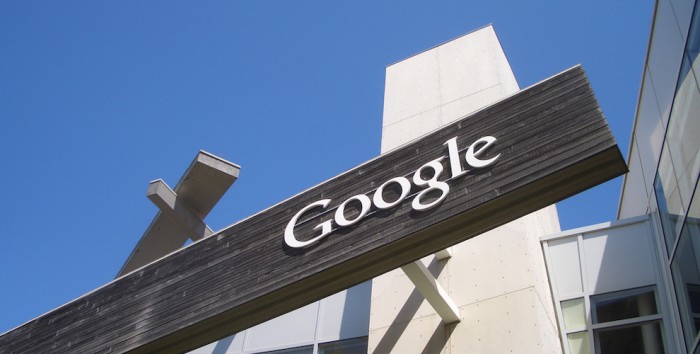
It was a loophole that lasted for years. To get around news outlets with a hard paywall, readers could Google the articles they wanted to read, and access at least three otherwise-paywalled stories that way — a Google mandate known as “first click free.” Publishers like The Wall Street Journal, which ended that opening for readers in February, saw a 44 percent decline in traffic from Google.
Google officially ended its first-click-free policy on Monday, now allowing subscription-based publishers to determine of their own free will how many articles to show readers before lowering the paywall. (Google suggests you allow 10 articles.) From a blog post by Google’s VP for news, Richard Gingras:
We will end our First Click Free policy in favor of a Flexible Sampling model where publishers will decide how many, if any, free articles they want to provide to potential subscribers based on their own business strategies. This move is informed by our own research, publisher feedback, and months-long experiments with the New York Times and the Financial Times, both of which operate successful subscription services.
“Try before you buy” underlines what many publishers already know — they need to provide some form of free sampling to be successful on the internet. If it’s too little, then fewer users will click on links to that content or share it, which could have an effect on brand discovery and subsequently may affect traffic over time.
“The tests that we’ve done with them have been around looking at what it would mean to change the meter within Google — or as it was known, first-click-free. Basically, we were looking at what it would mean for user behavior and subscription conversion, if we were to change the meter to lower counts,” Rebecca Grossman-Cohen, the Times’ VP for audience and platforms, said. “We’re in frequent testing mode, so we’ll constantly be testing. There’s no plan for a particular number or even a change yet, necessarily. This gives us more room to test the right number.” (So it’s possible, for instance, that one person in a test group might get a different number of stories to access for free before hitting a paywall than a person in a different test group.)
This coming change had been reported over the past couple months, as Google ran tests with The New York Times and the Financial Times. Google also announced a coming suite of tools for publishers to facilitate smoother subscription signups. (Facebook’s working on something similar.) From Google:As a first step we’re taking advantage of our existing identity and payment technologies to help people subscribe on a publication’s website with a single click, and then seamlessly access that content anywhere — whether it’s on that publisher site or mobile app, or on Google Newsstand, Google Search or Google News.
And since news products and subscription models vary widely, we’re collaborating with publishers around the world on how to build a subscription mechanism that can meet the needs of a diverse array of approaches — to the benefit of the news industry and consumers alike.
We’re also exploring how Google’s machine learning capabilities can help publishers recognize potential subscribers and present the right offer to the right audience at the right time.
Google has shared some high-level concepts with publishers like the Times, Grossman-Cohen said. No revenue-sharing has been discussed. The Financial Times didn’t make anyone available for an interview for this story; Google says it’s working on honing these products with a number of other major publishers around the world.